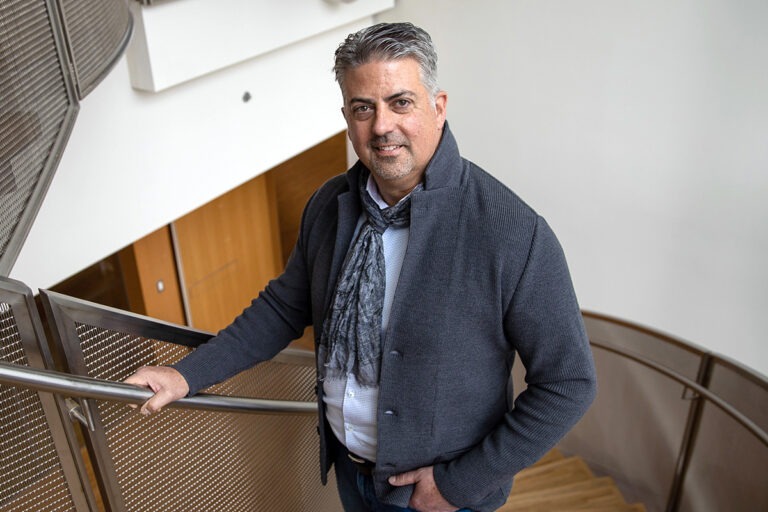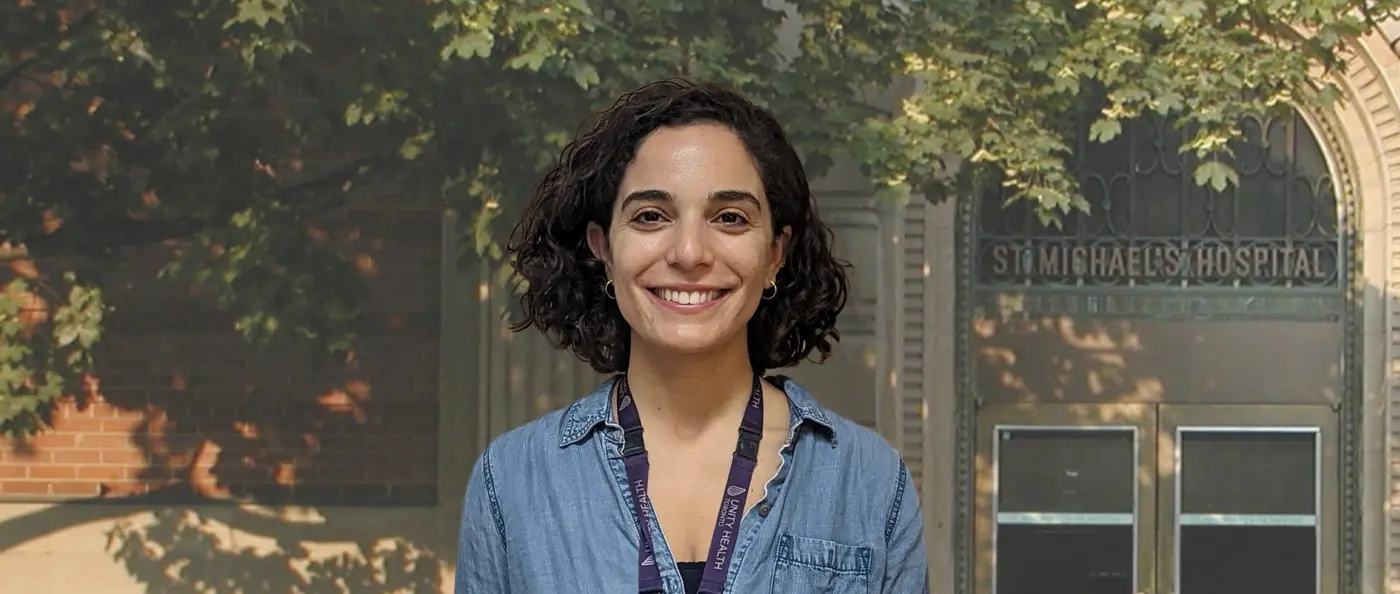Opioid-related deaths surged among teens and young adults in Ontario from 2014 to 2021, according to a new report that also found a sharp increase in the number of young people visiting the province’s emergency rooms because of opioid use.
While the vast majority of opioid-related deaths occur in people over the age of 25, the fact that more people the ages of 15 to 24 are dying is a cause for alarm, said Tara Gomes, lead of the Ontario Drug Policy Research Network and a scientist at Unity Health Toronto.
The report, which will be released Tuesday, found that emergency-room visits for opioid overdoses among 15- to 24-year-olds quadrupled from 69 in the second quarter of 2014 to 297 visits in the second quarter of 2021.
Deaths tripled from21 per quarter in 2014 to 58 in the first quarter of 2021, but there was a drop in deaths to 29 in the second quarter of 2021, the final quarter being studied. It’s unclear to researchers if the decline is part of a meaningful trend. According to online data from Public Health Ontario, there were 224 opioid-related deaths in the 15-24 age category in 2021.
Les décès liés aux opioïdes font un bond chez les adolescents et les jeunes adultes de l’Ontario entre 2014 et 2021 : rapport
Extrait du Globe and Mail
Entre 2014 et 2021, les décès liés aux opioïdes ont bondi chez les adolescents et les jeunes adultes en Ontario selon un nouveau rapport qui révèle également une forte augmentation du nombre de jeunes se rendant dans les salles d’urgence de la province en raison de leur consommation d’opioïdes.
Bien que la grande majorité des décès liés aux opioïdes surviennent chez des personnes de plus de 25 ans, le fait que davantage de personnes âgées de 15 à 24 ans en meurent est une cause d’alarme, a déclaré Tara Gomes, responsable de l’Ontario Drug Policy Research Network et scientifique à Unity Health Toronto.
Le rapport, qui sera publié mardi, révèle que les visites aux urgences pour des surdoses d’opioïdes chez les 15 à 24 ans ont quadruplé, passant de 69 au deuxième trimestre 2014 à 297 au deuxième trimestre 2021.







